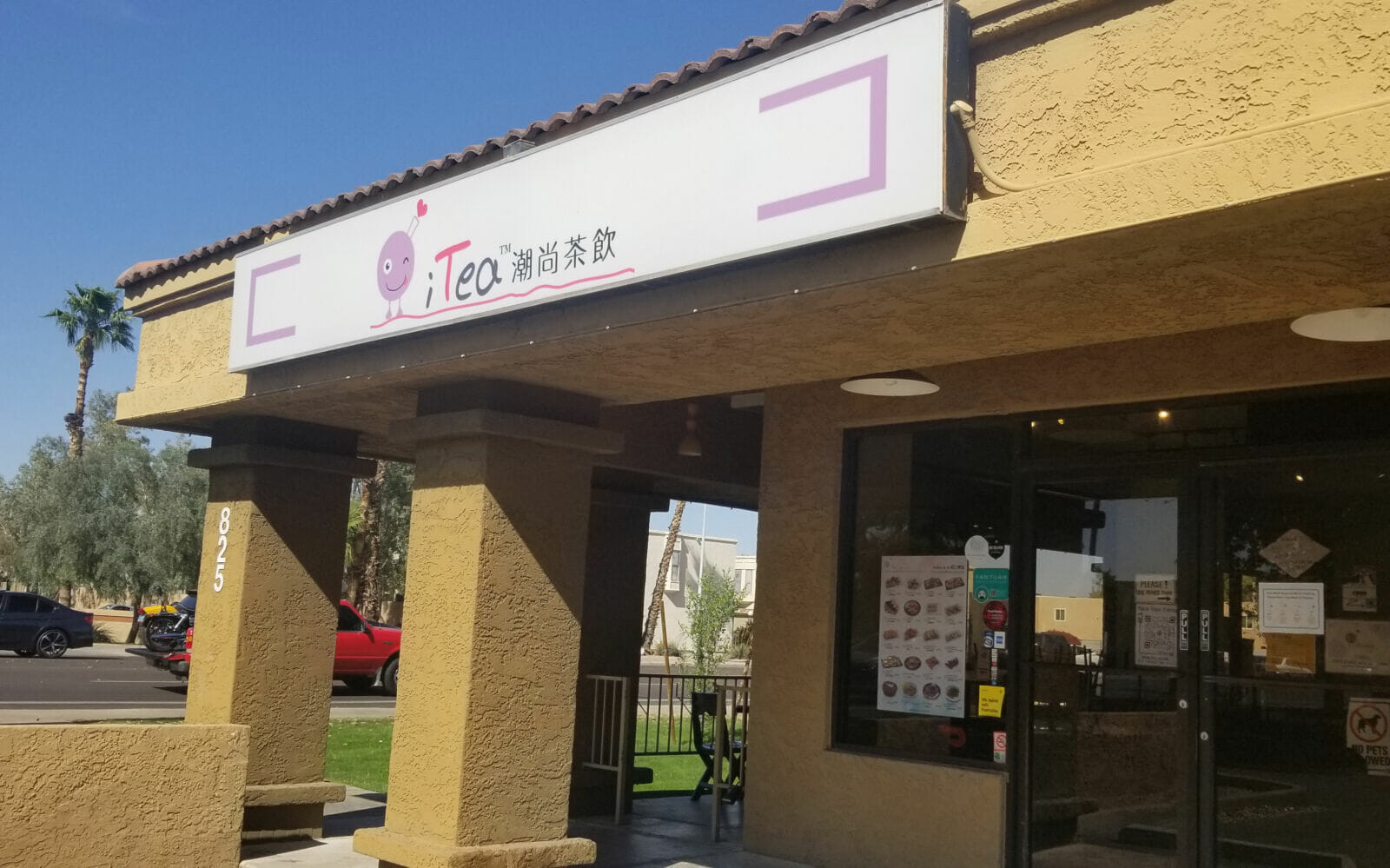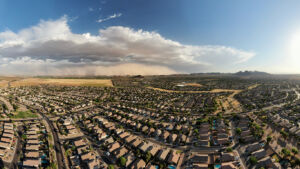Cash registers chime. Shoppers peruse the shelves. Customers order food from the menu.
Small businesses across Arizona are rebounding from the harsh realities of 2020, expecting to regain the losses experienced since the start of the pandemic.
Last year, small businesses across the country experienced the negative effects of the contracting economy. In a study conducted by Biz2Credit, 60% of businesses surveyed closed due to COVID-19. It found that the average revenue for restaurants decreased 72%. As the pandemic spread, potential customers stayed home, and small businesses had an uncertain future ahead of them.
“The income was pretty low,” Fidela Muhguia said. She is the co-owner of Yerberia Rocha, located at 11709 N. 19th Ave., in Phoenix. “Nothing was coming at all.”
READ ALSO: As Arizona COVID cases rise, officials push vaccinations and masks for holidays
Muhguia’s store sells herbs, charms as well as religious and spiritual items, including statues and candles. She remembers that as COVID-19 began to spread, the pool of customers began to dwindle rapidly. Those who did come in mainly bought herbs since they were pre-packaged. Shoppers ignored the rest of the shop’s inventory because they were afraid of contracting the disease. At one point, she worried about having to close the business.
She said she believed that her faith, while it wasn’t too tested, needed to increase.
Anthony Amphonephong, a store manager at a boba tea shop, also worried about the effects the pandemic would have. His workplace, iTea, is located at 825 W. University Dr. in Tempe.
During the beginning stages of the pandemic, the shop was quiet. The store’s main clientele were students. When schools closed, that customer base disappeared, leaving employees with an empty business.
“I remember there was one time where we literally brought in 20 customers a day,” he said. “It was super slow. All the workers were super bored; they had nothing to do.”
In pre-pandemic times, iTea would average around 100 people per day. Revenue shows that. He estimates that the shop would see a daily income of around $2,000 a day before the pandemic. That revenue decreased to around $1,500 in the beginning stages of COVID-19. However, the store improved existing safeguards to quickly rebound, fleshing out its online ordering system and utilizing food ordering services, such as DoorDash and Uber Eats. After three or four months, the store saw a revenue stream of around $2,500 a day. Nevertheless, the negative impacts were still felt.
“We’ve had to cut down on hours,” Amphonephong said. “The employees couldn’t get enough hours that they needed to pay rent, so some of them actually had to go get other jobs as well.”
This boba shop was one of the lucky businesses that experienced a rather quick rebound. Others, not so much.
Amphonephong is an executive director at the Arizona Asian Chamber of Commerce. He says that local Asian businesses suffered during the pandemic. Along with the loss of revenue and clientele, they experienced hate and racism as some associated the spread of COVID-19 with the Asian community. He and the chamber wanted to alleviate some of the burden.
“Initially, we were the ones who helped out with the Mesa CARES Act,” he said. This was a program where the City of Mesa offered “free training, one-on-one business coaching and technical assistance services” to businesses impacted by COVID-19, according to the chamber.
“We also held a lot of different workshops to help bring local businesses back to their feet,” he said. They helped Asian business owners learn how to use social media, update their Google domain and learn how to advertise. The chamber also created group pages for businesses to be able to communicate with one another and help each other out.
For Muhguia and Amphonephong, there is a light at the end of the tunnel. As Americans continue to get vaccinated, customers are returning to their stores. Muhguia is slowly seeing business return but predicts that it will take more time for her store to get back to pre-pandemic levels.
Amphonephong is hopeful for the future. Many Asian businesses are getting back up on their feet. A diverse array of consumers is coming back to try their products. In the end, both hope to see some sort of normalcy in the near future.
“It’s going to take a lot and we are taking the necessary steps,” Anphonephong said. “We are almost there.”




